Top 10 Books About Public Spaces
Top 10 Books About Public Spaceson Jun 18, 2021
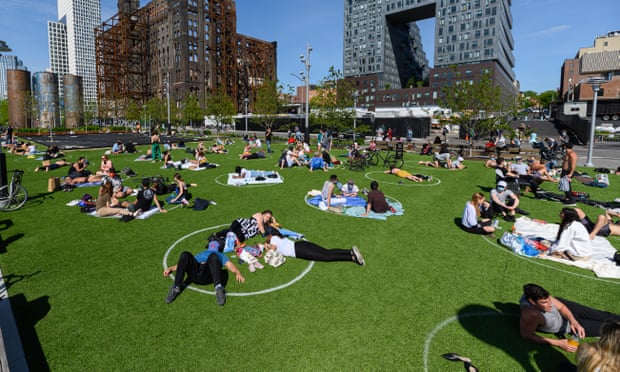
- Jaws by Peter Benchley
 Someone really should make a movie out of this book! The power of Jaws lies not in one-note horror but in its consideration of what would actually happen if a great predator laid siege to the public spaces that are the lifeblood of a resort community: the beach and the ocean. Before writing Jaws, Benchley worked as a speechwriter for President Lyndon B Johnson. After it became a bestseller, he spent much of the rest of his life working in shark conservation.
Someone really should make a movie out of this book! The power of Jaws lies not in one-note horror but in its consideration of what would actually happen if a great predator laid siege to the public spaces that are the lifeblood of a resort community: the beach and the ocean. Before writing Jaws, Benchley worked as a speechwriter for President Lyndon B Johnson. After it became a bestseller, he spent much of the rest of his life working in shark conservation.
- The Flamethrowers by Rachel Kushner
 The protagonist of Kushner’s novel rides her Moto Valera motorcycle from Nevada to Utah, to take part in the land-speed trials on the Bonneville Salt Flats. The great outdoors becomes a space where a whole community gathers in its own risky pursuit of transcendence, captured by Kushner’s majestic attention: “the fathers and uncles who crowded around workbenches, bent over vehicles, their belts buckled off center to avoid scratching the paint.” At the same time, artists are colonising a deserted and industrial SoHo in New York, staging communal actions that test the boundaries between life and art, and private and public space.
The protagonist of Kushner’s novel rides her Moto Valera motorcycle from Nevada to Utah, to take part in the land-speed trials on the Bonneville Salt Flats. The great outdoors becomes a space where a whole community gathers in its own risky pursuit of transcendence, captured by Kushner’s majestic attention: “the fathers and uncles who crowded around workbenches, bent over vehicles, their belts buckled off center to avoid scratching the paint.” At the same time, artists are colonising a deserted and industrial SoHo in New York, staging communal actions that test the boundaries between life and art, and private and public space.
- Central Park Then and Now by Marcia Reiss
 I found this book of photographs inspiring while I was writing The Great Mistake. It proceeds according to a simple but effective idea: archive and contemporary images are placed side by side to capture Central Park’s evolution over 150 years. The result is an eerily wonderful juxtaposition of past and present. Crowds in top hats are pictured alongside mass gatherings in the park in modern times, such as the 1968 rally against the Vietnam war, or the vigil following John Lennon’s murder in 1980.
I found this book of photographs inspiring while I was writing The Great Mistake. It proceeds according to a simple but effective idea: archive and contemporary images are placed side by side to capture Central Park’s evolution over 150 years. The result is an eerily wonderful juxtaposition of past and present. Crowds in top hats are pictured alongside mass gatherings in the park in modern times, such as the 1968 rally against the Vietnam war, or the vigil following John Lennon’s murder in 1980.
- The Embassy of Cambodia by Zadie Smith
 Some of my favorite nonfiction by Smith makes the case for why public spaces such as libraries are integral to communities (check out her essay North-west London Blues in Feel Free). In this short story, her attention turns to similar areas: the public spaces between and around Willesden’s high-walled private residences; its streets, gardens and public pool. The Embassy of Cambodia poses a question, for art and for life, that I think has increasing contemporary resonance: “Surely there is something to be said for drawing a circle around our attention and remaining within that circle. But how large should this circle be?”
Some of my favorite nonfiction by Smith makes the case for why public spaces such as libraries are integral to communities (check out her essay North-west London Blues in Feel Free). In this short story, her attention turns to similar areas: the public spaces between and around Willesden’s high-walled private residences; its streets, gardens and public pool. The Embassy of Cambodia poses a question, for art and for life, that I think has increasing contemporary resonance: “Surely there is something to be said for drawing a circle around our attention and remaining within that circle. But how large should this circle be?”
- Cairo: Memoir of a City Transformed by Ahdaf Soueif
 Soueif’s book is a fascinating examination of how citizens find new ways to reclaim public spaces, from historic architecture that has been left neglected to greedy water-guzzling golf courses for the rich. Tahrir Square emerges in these pages as a reminder that public spaces are often where history is made – sites for activism and the shattering of established narratives.
Soueif’s book is a fascinating examination of how citizens find new ways to reclaim public spaces, from historic architecture that has been left neglected to greedy water-guzzling golf courses for the rich. Tahrir Square emerges in these pages as a reminder that public spaces are often where history is made – sites for activism and the shattering of established narratives.
- Jazz by Toni Morrison
 Full of improvisations, shifts in composition, and events repeated and reimagined from different perspectives, Morrison’s novel epitomises the jazz of its title, but also the “call and response” pattern of democratic participation in politics and public performance. The characters come together in 1920s Harlem, where even the most seemingly innocuous lines are lit by an awareness of the fact not everyone in society is given equal room to breathe: “It’s good they don’t need much space to dance in, because there isn’t any.”
Full of improvisations, shifts in composition, and events repeated and reimagined from different perspectives, Morrison’s novel epitomises the jazz of its title, but also the “call and response” pattern of democratic participation in politics and public performance. The characters come together in 1920s Harlem, where even the most seemingly innocuous lines are lit by an awareness of the fact not everyone in society is given equal room to breathe: “It’s good they don’t need much space to dance in, because there isn’t any.”
- The Ungrateful Refugee: What Immigrants Never Tell You by Dina Nayeri
 There are those for whom public space is the only space available. Aged eight, Nayeri fled Iran along with her mother and brother, living in a refugee camp before eventually being granted asylum in the US and making her way to Princeton University. Here, she weaves together her own vivid story with the stories of other refugees and asylum seekers who have been displaced in recent years, bringing us inside their daily lives as they gather in camps and borderlands, trying to find a path toward resettlement in homes they can call their own.
There are those for whom public space is the only space available. Aged eight, Nayeri fled Iran along with her mother and brother, living in a refugee camp before eventually being granted asylum in the US and making her way to Princeton University. Here, she weaves together her own vivid story with the stories of other refugees and asylum seekers who have been displaced in recent years, bringing us inside their daily lives as they gather in camps and borderlands, trying to find a path toward resettlement in homes they can call their own.
- Barbarian Days: A Surfing Life by William Finnegan
 Finnegan’s Pulitzer prize-winning book falls into my favourite category of nonfiction: memoirs of obsession. Here the obsession is surfing, and the public spaces in which surfing occurs. Life on land becomes less real and transformative than “lazy days of waiting for waves” among communities of surfers gathered quietly on unpredictable oceans. “Out in the lineup,” Finnegan writes, “once the swells started pumping, large pools of awe seemed to collect around us, hushing us, or reducing us to code and murmurs, as though we were in church.”
Finnegan’s Pulitzer prize-winning book falls into my favourite category of nonfiction: memoirs of obsession. Here the obsession is surfing, and the public spaces in which surfing occurs. Life on land becomes less real and transformative than “lazy days of waiting for waves” among communities of surfers gathered quietly on unpredictable oceans. “Out in the lineup,” Finnegan writes, “once the swells started pumping, large pools of awe seemed to collect around us, hushing us, or reducing us to code and murmurs, as though we were in church.”
- The Wombles by Elisabeth Beresford
 Elisabeth Beresford took her young children for a Boxing Day walk on Wimbledon Common in south-west London, where her daughter Kate repeatedly mispronounced it as “Wombledon Common”. This sparked an idea, and in 1968 Beresford published her first children’s book about The Wombles, a group of furry creatures with the motto “Make Good Use of Bad Rubbish”. Environmental pioneers ahead of their time, The Wombles gathered in burrows and open green spaces with the aim of recycling rubbish in creative ways. They were also early farm-to-table advocates, demonstrating a great hunger for the kinds of dishes that would now cost you a month’s salary at a Michelin-starred restaurant: daisy buns, acorn juice, fir-cone soufflé, and elm bark casserole.
Elisabeth Beresford took her young children for a Boxing Day walk on Wimbledon Common in south-west London, where her daughter Kate repeatedly mispronounced it as “Wombledon Common”. This sparked an idea, and in 1968 Beresford published her first children’s book about The Wombles, a group of furry creatures with the motto “Make Good Use of Bad Rubbish”. Environmental pioneers ahead of their time, The Wombles gathered in burrows and open green spaces with the aim of recycling rubbish in creative ways. They were also early farm-to-table advocates, demonstrating a great hunger for the kinds of dishes that would now cost you a month’s salary at a Michelin-starred restaurant: daisy buns, acorn juice, fir-cone soufflé, and elm bark casserole.
- Here Is New York by EB White
 Perhaps the greatest book about New York ever written, Here Is New York unfolds as a single imagined stroll around the city. “Manhattan is without any doubt the greatest human concentrate on earth,” White writes, “the poem whose magic is comprehensible to millions of permanent residents but whose full meaning will always remain elusive.” White captures how a city does not become great by virtue of its skyline, but by the communion of people gathered in its public spaces.
Source - The Guardian
Perhaps the greatest book about New York ever written, Here Is New York unfolds as a single imagined stroll around the city. “Manhattan is without any doubt the greatest human concentrate on earth,” White writes, “the poem whose magic is comprehensible to millions of permanent residents but whose full meaning will always remain elusive.” White captures how a city does not become great by virtue of its skyline, but by the communion of people gathered in its public spaces.
Source - The Guardian
Ahdaf Soueif
Books
Dina Nayeri
Frontlist
Frontlist latest updates
Frontlist News
Marcia Reiss
Rachel Kushner
William Finnegan
Zadie Smith



.jpg)






.jpg)
.png)
.jpg)
.jpg)
.jpg)
.jpg)
.jpg)
.jpg)


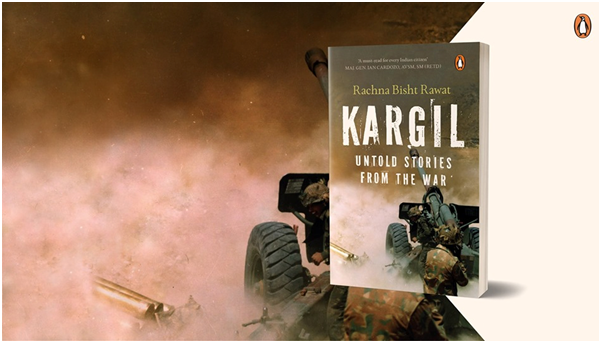


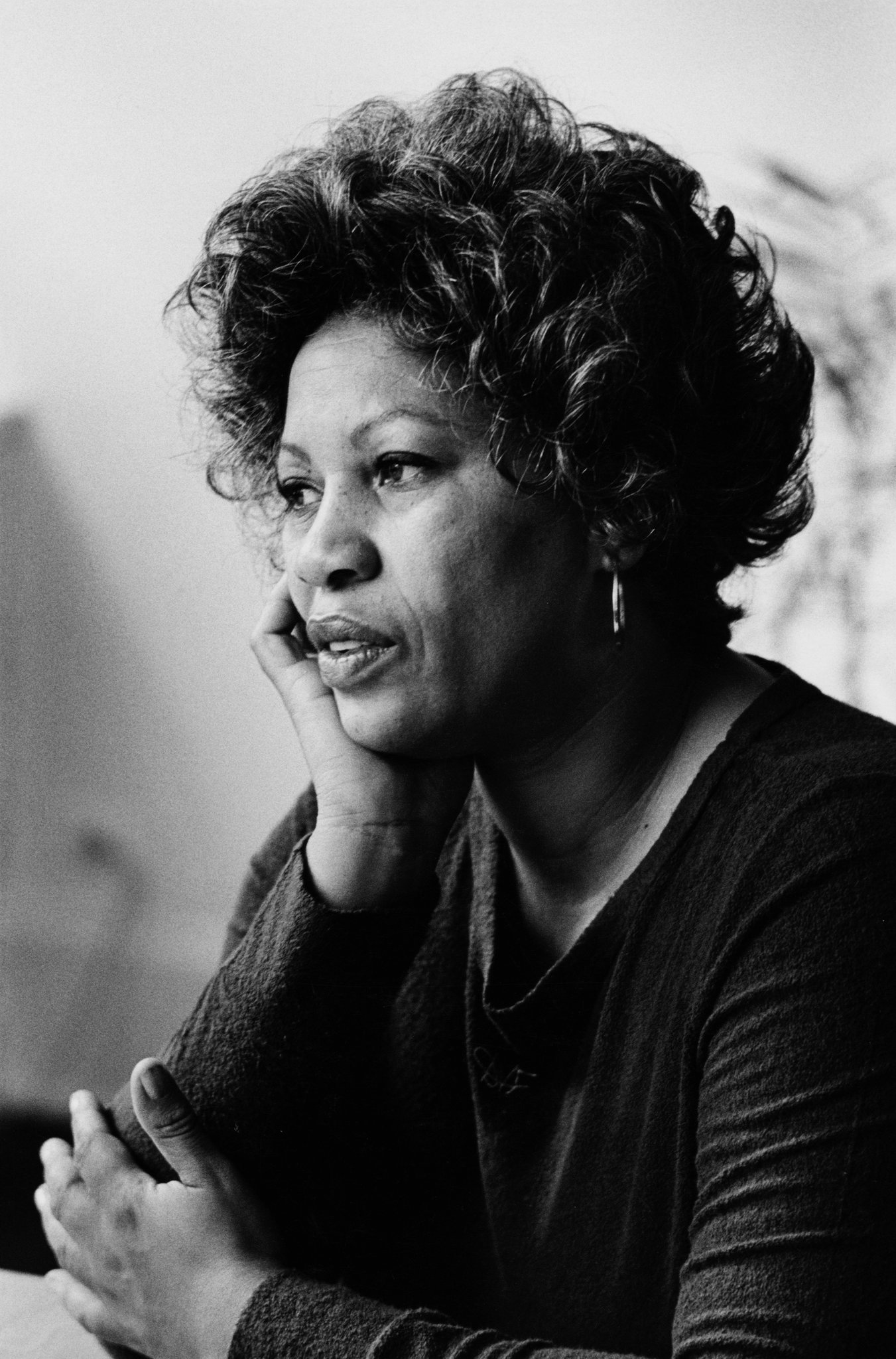
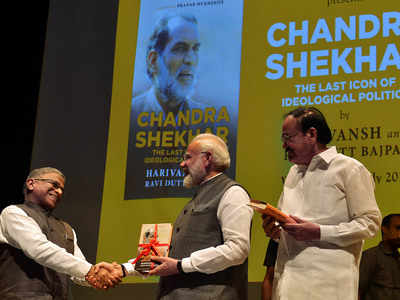
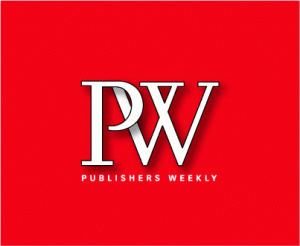

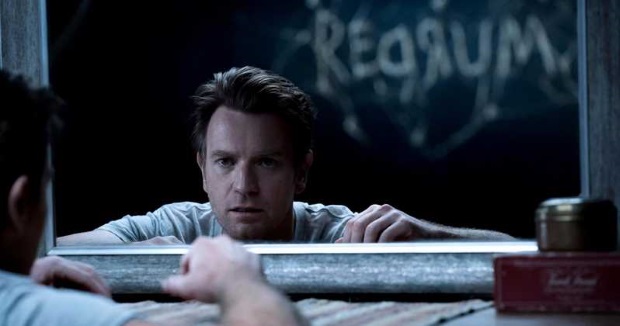
Sorry! No comment found for this post.